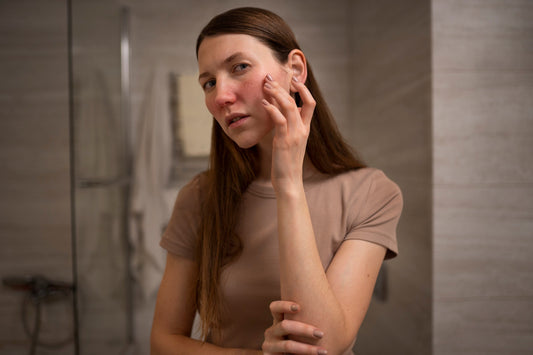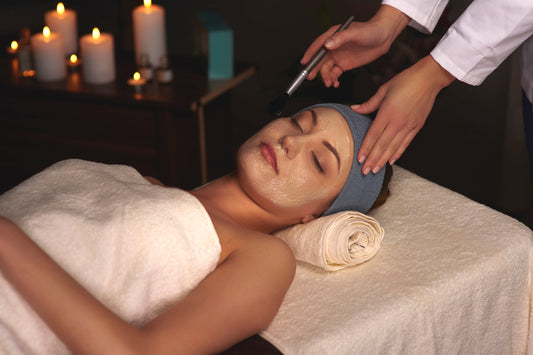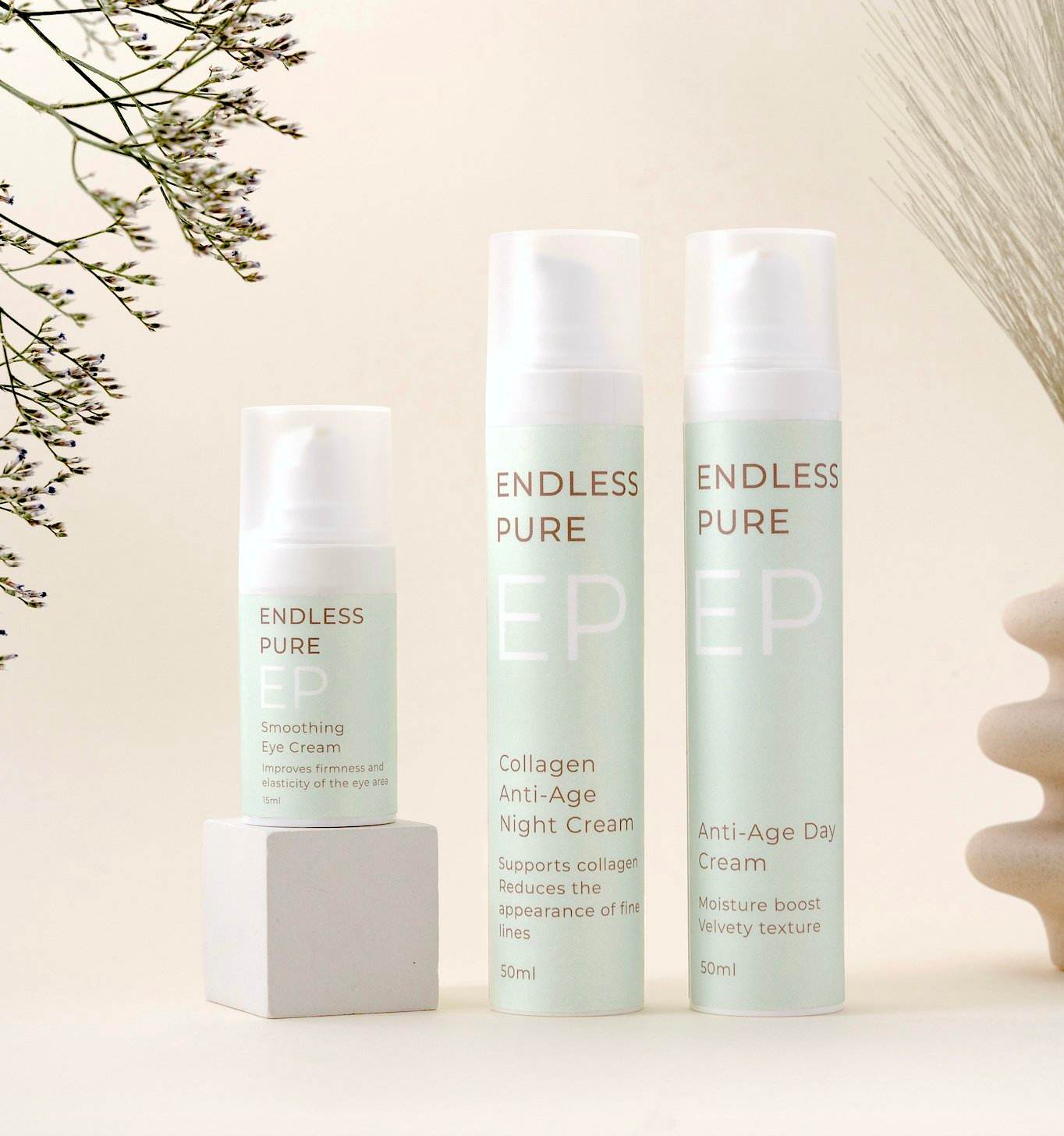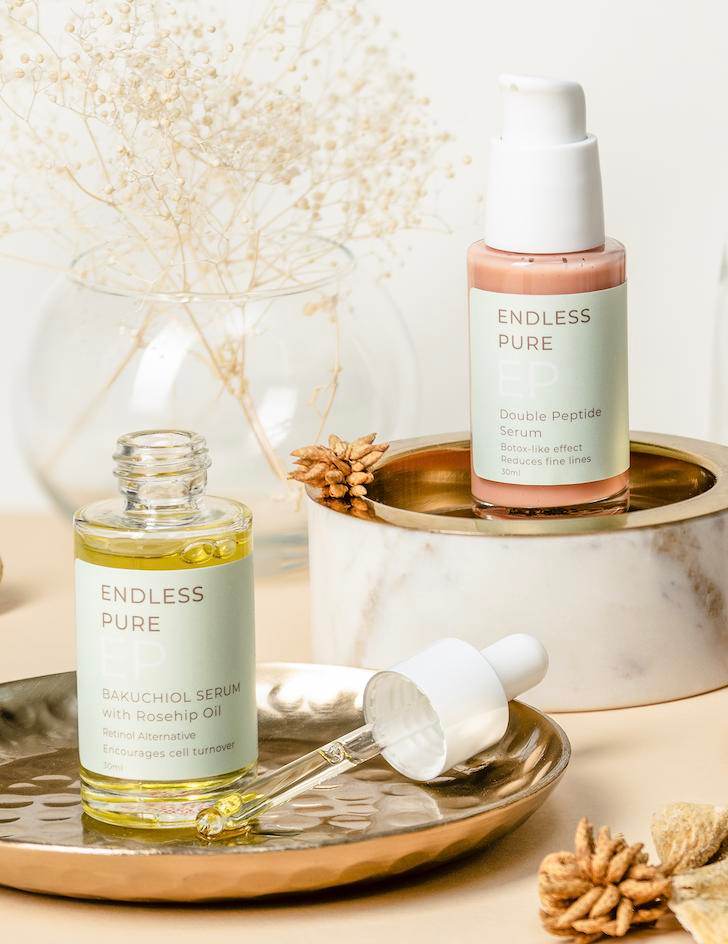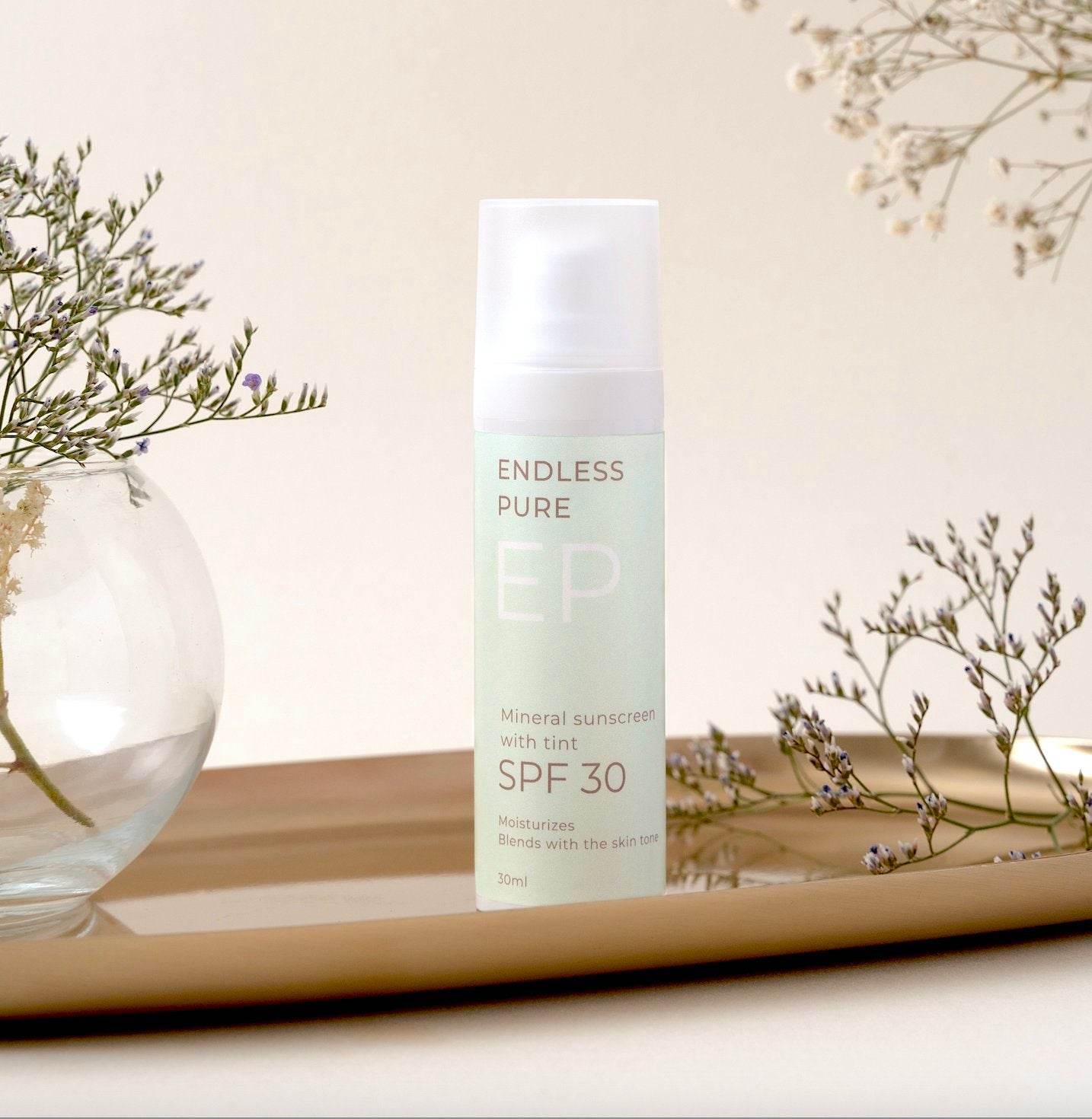Botox Side Effects: What to Know About the Risks and Benefits

Botox has become one of the most popular cosmetic treatments worldwide, known for its ability to smooth out wrinkles and give the face a more youthful appearance. However, as with any medical procedure, it is essential to be aware of the potential side effects that may accompany the treatment. While Botox is generally considered safe when administered by trained professionals, some individuals may experience unwanted reactions or complications. In this article, we will explore the common and less common side effects of Botox on the face, helping you make an informed decision about whether it’s the right choice for you.
Table of Contents
Key Takeaways
- Botox is a neurotoxic protein derived from botulinum toxin type A
- Botox works by relaxing facial muscles beneath the skin, smoothing out wrinkles and preventing the formation of dynamic wrinkles
- Effects are temporary, usually lasting 3-4 months, and require re-treatment to maintain results
- Botox is often considered when looking to lift the face and reduce wrinkles, especially dynamic wrinkles like frown lines
- Botox is generally safe when performed by trained professionals, but it can cause side effects. Errors in administration can lead to more serious complications
- Long-term use of Botox may lead to muscle atrophy, sagging skin, and other complications like difficulty with facial expressions
- Modern science offers peptide-based alternatives that can provide similar wrinkle-reducing effects without the risks
What Is Botox
Botox, a brand name for botulinum toxin type A, is a neurotoxic protein derived from Clostridium botulinum. When used in the form of injections, Botox temporarily blocks nerve signals in targeted muscles, leading to a reduction in muscle activity. It is widely recognized for its cosmetic use in reducing the appearance of wrinkles by paralyzing facial muscles. However, Botox has also proven effective in treating various medical conditions such as chronic migraines, excessive sweating, and muscle spasms.
How it Works on Your Face
Botox works on your face by temporarily relaxing the muscles beneath the skin. When injected into specific facial muscles, Botox blocks the nerve signals that cause those muscles to contract. This results in a reduction of muscle movement, smoothing out wrinkles and lines, especially around areas like the forehead, eyes, and mouth. The relaxation of these muscles helps to prevent the formation of dynamic wrinkles, which are caused by repeated facial expressions. However, the effect is temporary, typically lasting between three to four months, after which the muscle activity gradually returns, and the wrinkles may reappear unless treated again.
The effects of Botox injections are temporary, lasting only about three to four months.
When You May Be Considering Using Botox
Botox is generally considered when you are looking to lift your face, smooth out wrinkles, and achieve a more youthful appearance. It is particularly effective for treating dynamic wrinkles, which are caused by repeated muscle movements, such as frown lines, crow's feet around the eyes, and forehead lines. However, Botox is not suitable for all types of wrinkles.
Wrinkles caused by skin issues, such as sagging, dryness, or sun damage, are often better treated with topical cosmetic products and skincare treatments rather than injections. Botox works specifically by relaxing the muscles, so it is not effective for wrinkles that stem from skin texture or loss of collagen. In the following sections, we will further explore why Botox is not the only solution for these types of wrinkles and discuss the alternatives.

- white area covers those wrinkles that are generally caused by skin concerns as sagging, dryness, or sun damage. They are recomended to be treated by cosmetics
- blue area is mostly about muscle-related wrinkles which are the key target for botox. However, if those wrinkles are not very deep they are highly likely to be successfully treated by cosmetics
Does Botox Have Negative Effects?
Botox is generally considered safe and is widely used in aesthetic medicine. It has been a popular treatment since it was first introduced in the medical field in 1975. It was approved by the FDA in the USA in 2002 and authorized in France in 2003, where it quickly became advertised as a non-invasive, low-risk solution for facial wrinkles and other cosmetic concerns. Its use in aesthetic procedures has grown significantly, with scientific studies at the time supporting its safety and effectiveness.
However, despite its widespread popularity, Botox is not without risks. Some individuals may experience side effects, and there have been instances where patients have attempted to sue their doctors for negative outcomes. It's important to note that many of these complications can arise from human error, rather than issues with Botox itself. When administered incorrectly, the toxin can spread to areas beyond the targeted muscles, leading to unwanted effects.
The most common side effects include localized redness at the injection sites, but in rare cases, more severe reactions can occur. These may include allergic reactions, nausea, dizziness, and fatigue. These complications are not typical and usually result from improper application of the injection.
In summary, Botox is generally a safe procedure when performed by experienced and qualified practitioners. However, it is not entirely risk-free. The primary risks stem from the skill and experience of the doctor performing the treatment, as errors in administration can lead to negative consequences. Therefore, choosing a skilled professional is essential to minimize risks.
Long-Term Secondary Effects of Botox
While the risks of Botox are generally short-term and subside after a few days, there are growing concerns about its potential long-term effects. Many of the adverse effects commonly mentioned—such as localized redness, nausea, dizziness, and fatigue—have been well-studied and are understood to be temporary. However, when it comes to long-term consequences, the scientific community is starting to uncover more information.
A 2022 review of 22 studies on Botox highlighted that while Botox has consistently shown positive outcomes with limited adverse effects in the short term, recent evidence suggests that changes in muscle composition, function, and appearance can persist for much longer, even years. This indicates that there may be long-lasting effects that weren’t previously recognized (see the study abstract).
Further research in 2024 raised alarms about more serious complications, such as blepharoptosis (drooping eyelids), brow ptosis, and the systemic spread of the toxin, which can lead to muscle weakness and respiratory issues, requiring prompt medical attention. These findings suggest that long-term Botox use may lead to muscle weakness, particularly in facial muscles, which could impact the appearance of the face over time.
Doctors who practice Botox injections have also noted long-term concerns. Some have observed that regular use of Botox can cause muscle atrophy, leading to an unnatural appearance and difficulty with facial expressions. This may also cause increased skin dryness, skin sagging, and the overall weakening of the facial muscles. As Botox relaxes the muscles, the face may develop a "lifeless" appearance as the muscles weaken over time.
One statement from practitioners highlights a troubling possibility: “Regular Botox use can lead to irreversible damage to the tissues, resulting in poor blood circulation, skin dryness, and the weakening of the skin’s structure. As one set of muscles becomes paralyzed, other muscles attempt to compensate, leading to distorted facial expressions. This can also impair metabolism in the tissue, further contributing to skin problems.”
Summary
- Botox may have long-term negative effects, including impaired lymphatic flow and blood circulation, which can affect the skin and facial muscles.
- Regular Botox use may cause muscle weakness, leading to sagging skin and a lack of facial expression over time.
- In more severe cases, Botox may cause permanent distortions in facial expressions due to the imbalance of muscle activity.
While Botox can offer temporary cosmetic improvements, it’s essential to consider the long-term consequences of repeated use, especially as emerging research suggests lasting effects. Always consult with a qualified healthcare provider to weigh the benefits and risks of ongoing treatments.
Recommendations for Your Face and Skin
We are not suggesting that you should completely avoid Botox. As mentioned earlier, Botox is an excellent solution for reducing wrinkles on your forehead and between your eyebrows. However, it’s important to remember that Botox has a temporary effect, typically lasting only a few months. The risks associated with its use can accumulate over time—meaning that the more frequently you use Botox, the higher the likelihood of reaching a point where the injections may actually start to worsen the results.
Modern science continues to evolve, and the negative effects of Botox have encouraged researchers to explore non-invasive alternatives for combating wrinkles. Today, there is a growing consensus among scientists that peptides can serve as a viable alternative to Botox. Studies have shown that certain peptides can deliver similar wrinkle-reducing effects without the risks associated with Botox injections (source).
At ENDLESS PURE, we use Hexapeptide-11 and Hydroxyproline in our Double Peptide Serum. This serum is designed to fight wrinkles and improve overall skin health. Made from fully natural ingredients, it offers a safer alternative to Botox with no injection risks. By choosing products with peptides, you can enjoy smoother skin without the potential long-term side effects of botulinum toxin injections.
ENDLESS PURE Double Peptide Serum
Achieving visible results with natural cosmetics requires consistency and a systematic approach over several weeks. If Botox is not your only alternative, and especially if you have been using Botox regularly in the past, we recommend considering more modern and non-invasive solutions for tackling wrinkles. Additionally, taking into account the constantly rising cost of Botox injections (currently a minimum of 150 euros in France, with an average price between 250-300 euros), it makes sense to try alternatives. By the time you’re due for your next injection, you’ll likely be able to see the results for your skin with these alternative treatments.
Conclusion
Botox has both short-term and long-term side effects. While it is widely considered a safe solution for fighting wrinkles, this perception stems from the early 2000s when Botox first became popular. Modern medicine has since proven that regular Botox use can harm your skin, leading to muscle atrophy due to disrupted blood circulation and lymphatic flow, which results in sagging facial skin. It’s best to limit Botox use to the forehead and between the eyebrows, and whenever possible, use natural alternatives that come with fewer risks and can provide similar results. By choosing non-invasive options, you can protect your skin’s health while achieving the cosmetic results you desire.
Frequently Asked Questions (FAQ)
1. How long do Botox results last?
Botox results typically last between 3 to 4 months. After this time, the muscles gradually return to their normal activity, and the wrinkles may reappear unless treated again.
2. Are there any side effects from Botox?
While Botox is generally safe when administered by trained professionals, common side effects can include redness at the injection site. Rare side effects may include allergic reactions, nausea, dizziness, or muscle weakness. Most side effects are temporary.
3. Can Botox cause permanent damage?
In rare cases, Botox injections performed incorrectly can cause long-term effects like muscle weakness, sagging skin, and difficulty with facial expressions. It’s important to choose a qualified professional to minimize risks.
4. Can Botox be used for all types of wrinkles?
Botox is most effective for dynamic wrinkles, which are caused by repeated facial movements. It is not effective for static wrinkles caused by skin issues such as sagging or dryness. Other skincare treatments may be better suited for these types of wrinkles.
5. What are the alternatives to Botox?
Peptides, like Hexapeptide-11 and Hydroxyproline, offer a non-invasive alternative to Botox. They can help reduce wrinkles and improve skin health without the risks associated with injections.
6. Is Botox safe for everyone?
Botox is generally safe for most people, but it is not suitable for individuals with certain health conditions, such as neurological disorders or allergies to botulinum toxin. Always consult a healthcare provider before undergoing treatment.
7. What are the long-term effects of Botox?
Long-term Botox use may lead to muscle atrophy, skin sagging, and difficulty with facial expressions. There are also concerns about impaired circulation and lymphatic flow. These effects may become more noticeable with repeated treatments over time.
Bibliography
- Krystkowiak P. (2009), Les effets à long terme de la toxine botulique, Annales de Dermatologie et de Vénéréologie, 136-4, 2009, S86-S88, DOI.
- Gothe, R. (2024). Mitigating adverse effects in botulinum toxin treatments: Best practices and key findings. Revista Científica Sistemática, 14(5), 1350–1354. DOI
- Nguyen, T. T. M., Yi, E.-J., Jin, X., Zheng, Q., Park, S. Y., Yi, G.-S., Yang, S.-J., & Yi, T. (2024). Sustainable Dynamic Wrinkle Efficacy: Non-Invasive Peptides as the Future of Botox Alternatives. Cosmetics, 11(4), 118. DOI
About ENDLESS PURE
 |
ENDLESS PURE is a French brand of natural and organic skincare products. We offer multifunctional, effective, anti-aging products made from rare ingredients like Nordic berries and marine actives. Innovation and purity meet to enhance your skin while respecting nature. |


